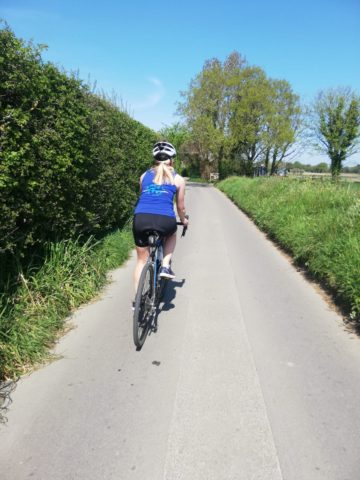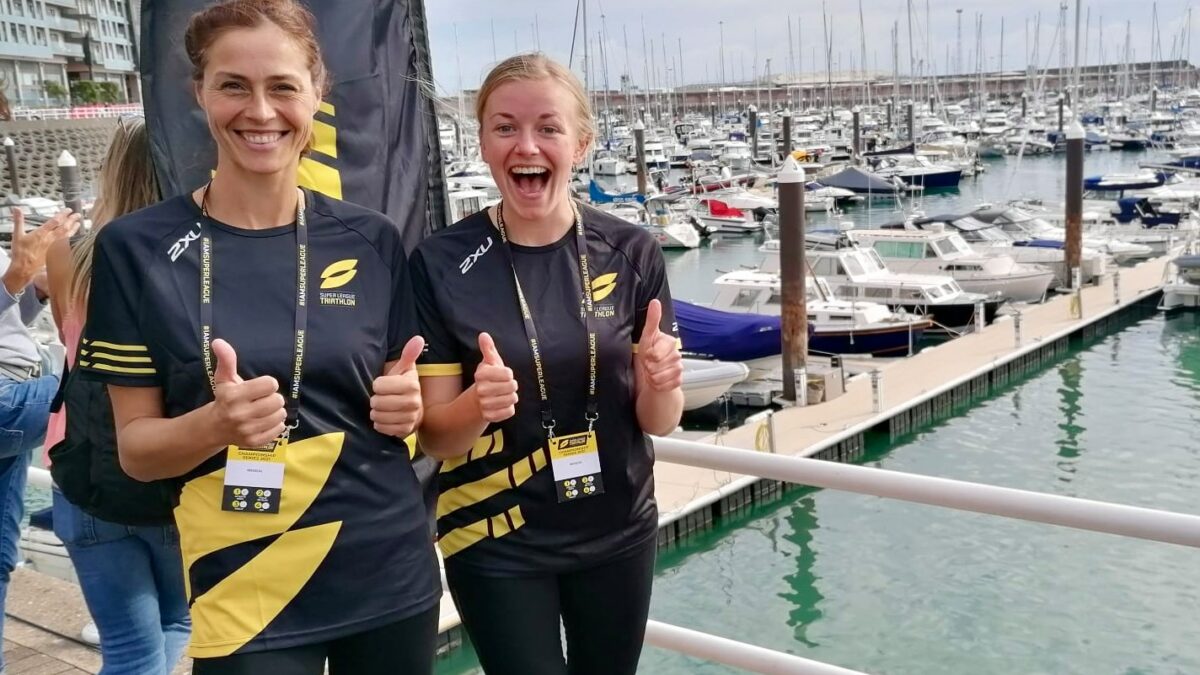Here at Performance Physiotherapy, our awareness and strive to become more environmentally friendly is close to our hearts and very important to us!
We’ve recently become an Eco Active business member which we are super excited to be part of this great journey and have been actively making and planning our first steps to become greener in our practice.

https://www.gov.je/environment/ecoactive/ecoactivebusinessnetwork/Pages/index.aspx
Our Goals
Getting together as a team we are looking at our aims for this year, working out our initial steps, some of which we are pleased to say we have already started!
🌍 Greener travel to & from work
🌍 Offset carbon emissions produced
🌍 Reduce plastics and to become a member of Plastic Free Jersey
🌍 Reduce waste in clinic, where possible recycling
🌍 Source suppliers and change products where possible to greener alternatives
Team Beach clean
Recently one windy Saturday afternoon we all went on a mission as a team down to Quaisne to collect some of the micro-plastics that inundate the top wall. Arriving armed with an awesome beach cleaning kit available from Plastic Free Jersey, which if you are planning to do a beach clean up just give them a call, it was awesome to have all the kit to do the cleaning!
Starting in the car park area, collecting too many cigarette butts and pieces of rubbish we moved along the top towards the far end, where there is an array of colourful plastics, they look pretty however they are not!
Feeling like an effortless task at first with so many small bits of plastic and nurdles surrounding us, many comments passed of “Are we making any difference?!” However, we measured our efforts to see how much a clean up to one area looks like, using a cool grid device, the impact was amazing! Within just 20 minutes of collection, you can see the effect on one area!
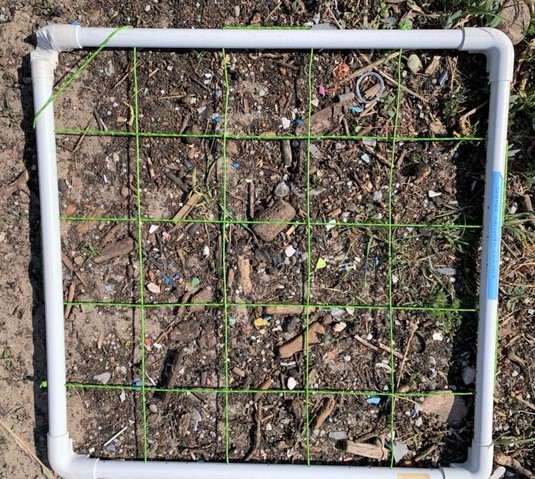
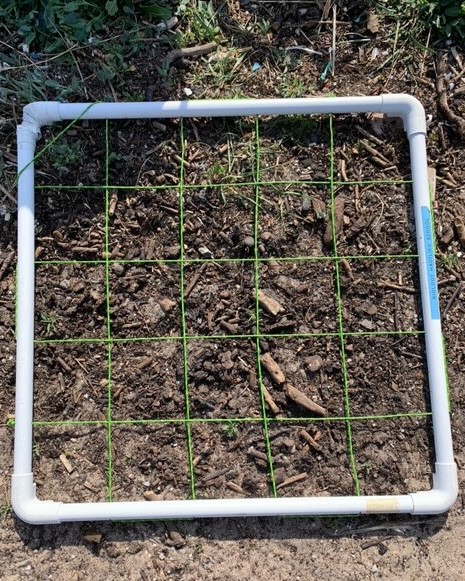
After a couple of hours collection, calling it a day were pleased with our efforts having fun whilst doing it! A great team effort including Jack & Stellan who came along to help too, well done guys in finding the plastic toy soldier!
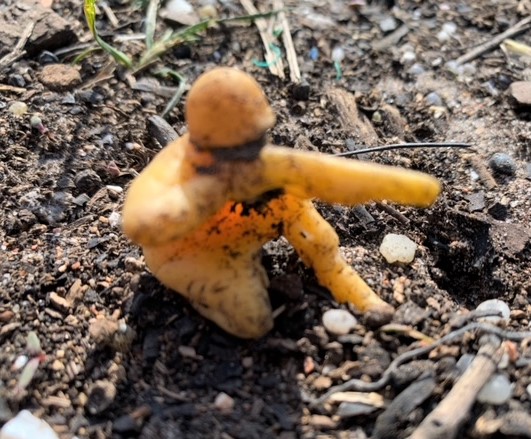
We all enjoyed doing this small part to help keep our environment clean, came away with a sense of feeling to try to be more aware of how much plastic we all buy and use. Our quote for the day became “Even the small changes can make a difference”
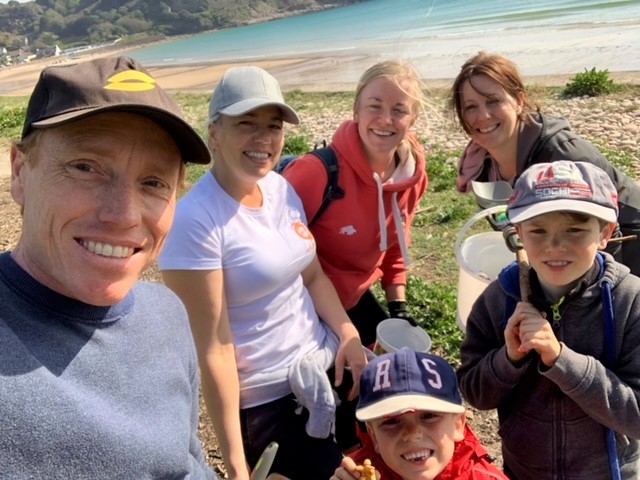

Plastic Free
Already got rid of the water machine with the horrid plastic disposable cups! We set ourselves a challenge on April 22nd,World Earth Day to reduce our plastic waste for lunches. For one month each of us only bring lunches in using tubs we already have at home and any drinks in reusable bottles. We are super positive about this change and since we started the challenge we have continued with this plastic free lunch mission!
Staff meetings coffees in disposable cups have become a bad habit of the past, we have switched to using our cool refillable bamboo mugs!
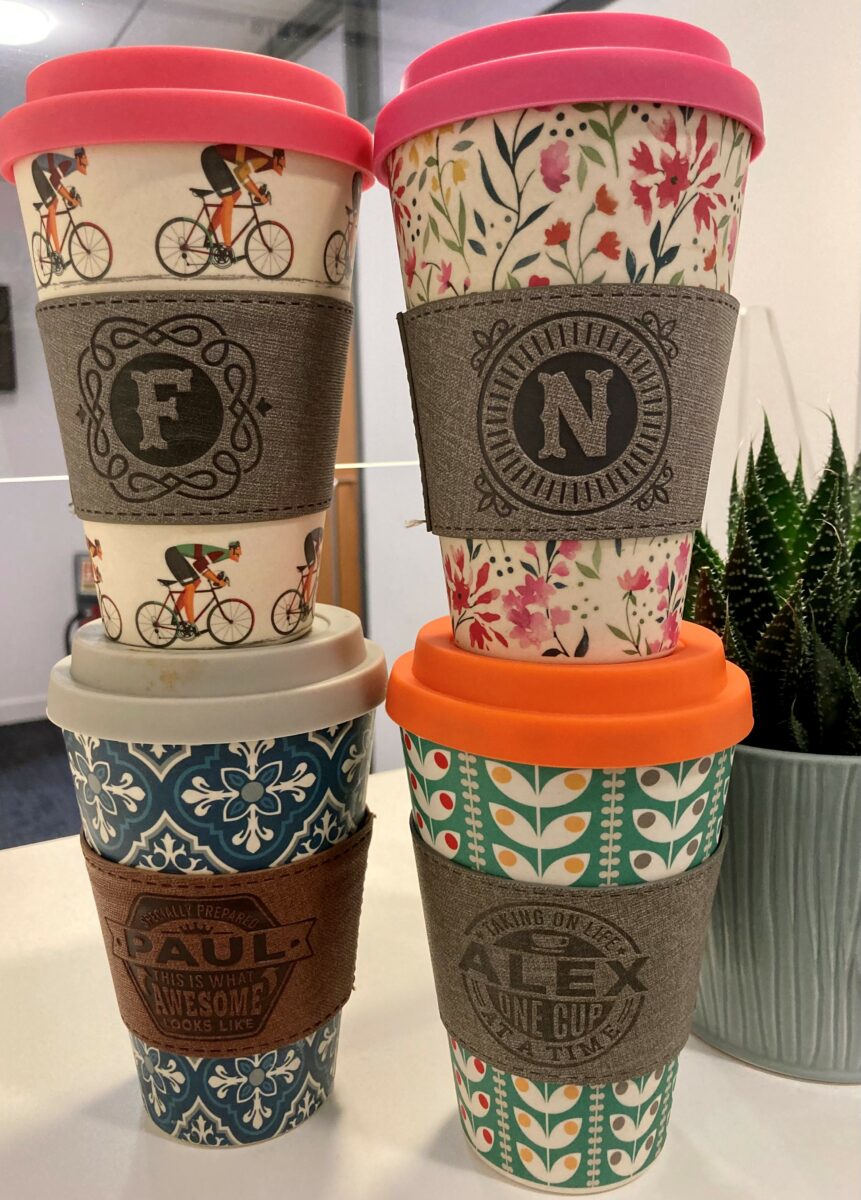
We have started taking the first steps to become a member of Plastic Free Jersey, an awesome organisation and give great advice on how to reduce and omit plastics, click on the link to find out what they do and how to support them! https://www.plasticfreejersey.com/
Greener Travel plans
One of the easiest ways to be more environmentally friendly with travelling to and from work is to walk or cycle. Not only greener but a healthy option too! We have started walking to work and cycling more, so much easier now that the weather has gotten better!
It is unavoidable to use the car sometimes so we have made a decision to offset any carbon emissions created by us this year to worthy organisations. Watch out for further news on this!
